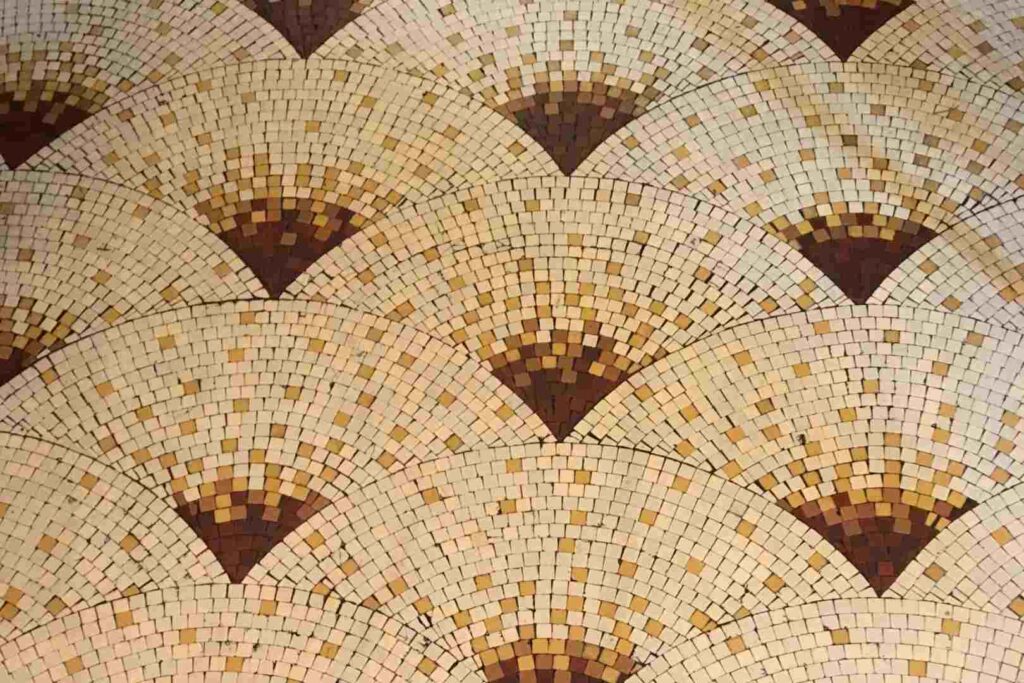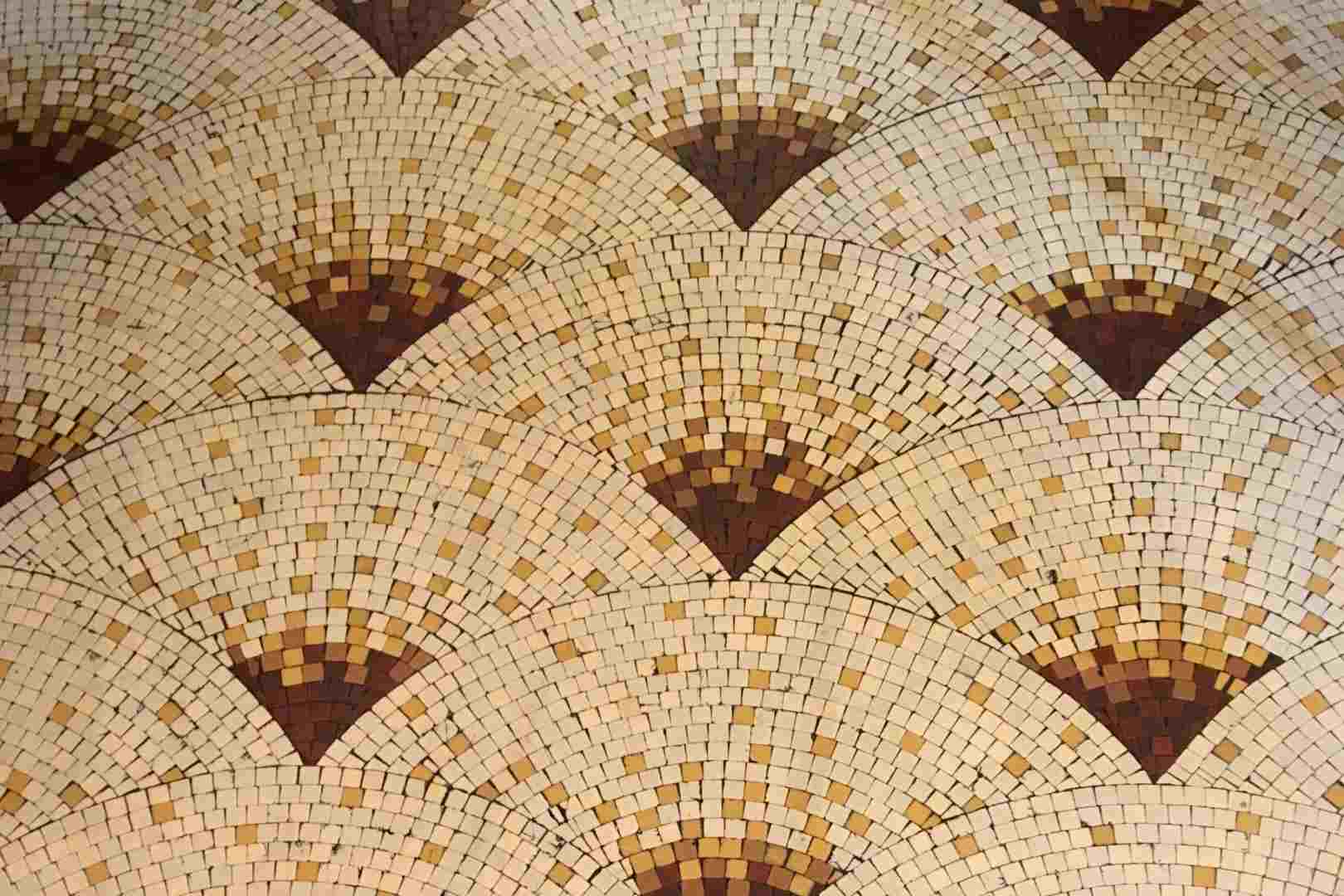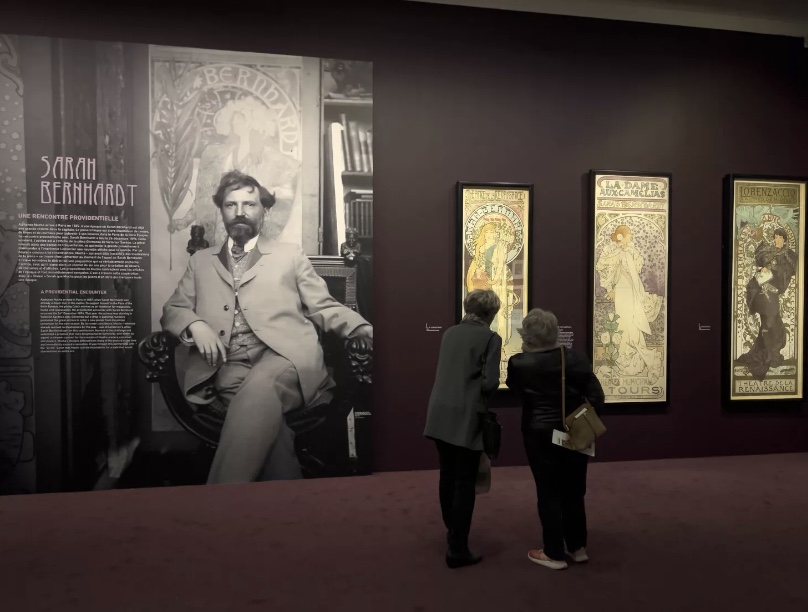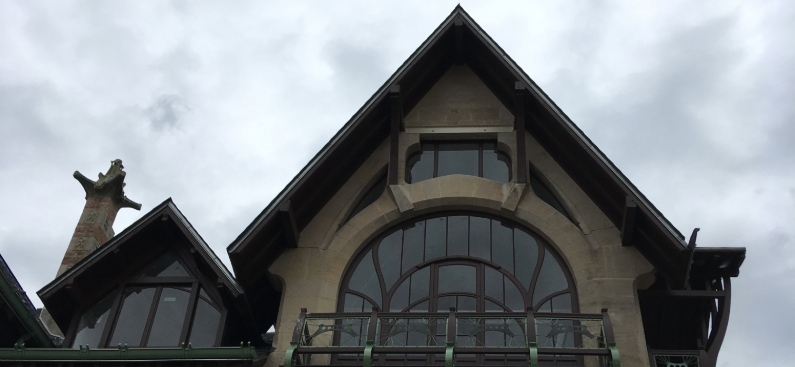Between France and Germany, between Alsace and Lorraine, the city of Nancy is a beautiful city that shines with the charm of its Old Town and its cobbled streets, the Place Stanislas, the jewel of its 18th century architectural ensemble (and a UNESCO World Heritage Site) and the Grande Rue. But perhaps even more so because it is one of the cradles of art nouveau.
An hour and a half from Luxembourg, this French city was the capital of the Dukes of Lorraine until their annexation to France in the 18th century. Its history includes three golden ages, each of which has left an important legacy in the form of architecture and art.
The School of Nancy brought together a whole generation of artists, craftsmen, architects, entrepreneurs and industrialists and developed a creative environment in which art nouveau would crystallize.
But if the medieval and renaissance legacies are important, with the imposing 14th century Porte de la Craffe as an example of the former and the squares of La Carrière and l’Alliance and the triumphal arch dedicated to Louis XV of the latter, today we follow in the footsteps of art nouveau and a whole generation of artists gathered around the Ecole de Nancy.
It can be said that the Art Nouveau movement in Nancy was the consequence of France’s cession of the Alsace area and part of Lorraine to Germany as a result of the Franco-Prussian war in 1871.
Many of the industrialists, businessmen and also academics, craftsmen and artists of the area, who rejected the annexation, withdrew to Nancy where a creative atmosphere flourished that crystallized in the Nancy School, founded in 1901.
Some of its most outstanding members were Émile Gallé, internationally known for his work with glass, founder of the school and its first president; the industrialist, decorator and cabinetmaker Louis Majorelle, the glassmaker Antonnin Daum or the architect and cabinetmaker and Eugène Vallin. Its 36 members included architects, decorators, painters, industrialists and art critics, among others, who did not hesitate to embrace the renewal of the decorative arts in a style inspired by the forms of nature.
It was in 1901 that the Parisian architect Henri Sauvage built the house of the cabinetmaker Louis Majorelle, and Charles and Émile André shaped the Vaxelaire stores, the first of the shops to adopt the art nouveau forms, which continued to spread throughout the city with works such as the Graineterie Génin-Louis by Henri and Henry Gutton or the Brasserie Excelsior by Lucien Weissenburger and Alexandre Mienville.
The movement, which was weakened by the death of Emile Gallé and ended with the Great War, spread earlier through blacksmithing, glasswork, ceramics and furniture design, leaving important examples throughout the city.
Museum of the École de Nancy:
The Museum of the School of Nancy is a must see. It houses an important collection of works, including unique pieces by Emile Gallé, Eugène Vallin and Louis Majorelle.
Opened in 1963, the furniture and decorative objects, enamels, ceramics and textiles, as well as a magnificent glass collection, are exhibited in an environment that shares the exquisite Art Nouveau.
Around it, an exquisite garden and an unusual aquarium – which is not open to the public but whose ornate exteriors can be admired by taking a walk – complete the view.
Villa Majorelle:
Listed as the label of the Maison des Illustres in 2012, the Villa Majorelle or Villa Jika (after the initials of the industrialist’s wife, Jeanne Kretz) perfectly represents the features of the school and is possibly its greatest jewel, with a remarkable decoration that can be seen in elements such as wrought iron and stained glass, stone or metal. In its time, it represented an important break with tradition and opened the door to many new developments that were later followed by other members of the School, from the combination of technological innovation and excellence in decorative arts and crafts.
Saurupt Park:
It was designed as a residential complex at the beginning of the 20th century, in the style of a completely new ‘garden city’ in the Art Nouveau style, and yet the failure of the project meant that only six of the planned homes were completed. After the First World War they were completed but in an Art Deco style, which allows a comparison between the two trends.
Today you can see the concierge’s house (Loge du Concierge), the Villa Les Glycines and the Villa Les Roches.
The city centre:
The entire downtown area of Nancy, from Place Maginot to Place Stanislas, has numerous buildings with art nouveau features from shops to banks, newspaper offices, hotels or restaurants.
You can follow in his footsteps through the stained glass windows signed by Gruber in the Chamber of Commerce and Industry building, the architecture of the former Genin seed store (graineterie Génin), the Brasserie l’Excelsior restaurant and the Crédit Lyonnais bank.
Museum of Fine Arts
The former headquarters of the Daum Glassworks is today one of the oldest and most important fine arts museums in France. It houses the entire collection of Daum glassworks – over 600 pieces of glass – produced over 100 years (from the early 1880s to the 1990s) and displayed in the exceptional setting of the city’s old fortifications. There are also pieces that resulted from the legendary manufacturer’s collaboration with artists such as Salvador Dali and Hilton McConnico.
It also houses famous works such as Monet’s Sunset at Etretat, Picasso’s Man and Woman, or Friant’s All Saints’ Day.
Daum’s pieces are still made and sold today and can be purchased at the Cristallerie shop/workshop in Nancy or at the firm’s factory in Cannes-leChâtel, about 20 km from the city in the direction of Toul.
Graineterie. Photo Tourism of Nancy
Delicate ornamentation in the Graineterie. Photo: Tourism of Nancy.
Bonus track: the macarons
Before we leave Nancy, it is worth walking around its streets in search for one more delicate treasure: its macarons. It is said that they date back to 1793 and owe their origin to two Benedictine nuns who were renamed Macarons Sisters.
Their manufacturing secret was passed down through the centuries and is still zealously guarded today. To buy them, go to La Maison des Soeurs Macarons.











You can keep updated on relaevant news on art and culture in Nancy by visiting this CITY PAGE.





